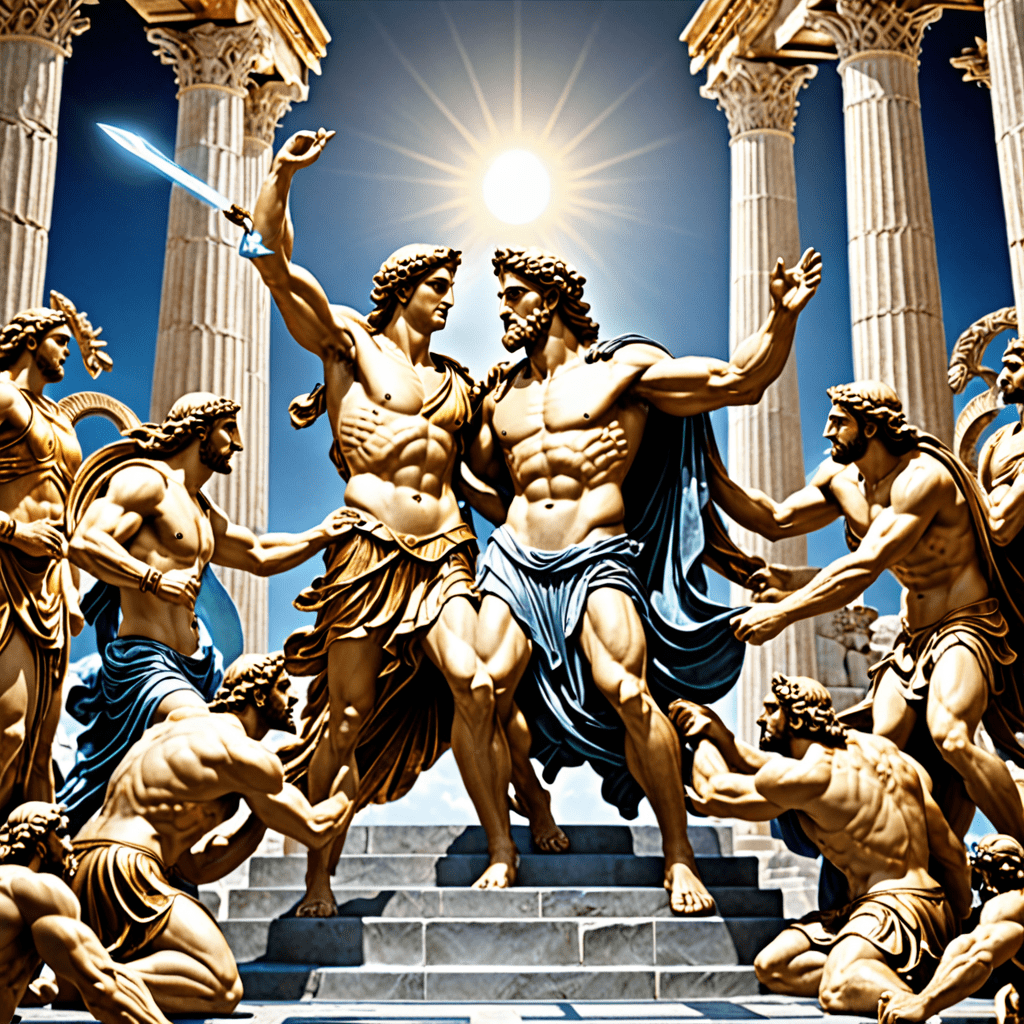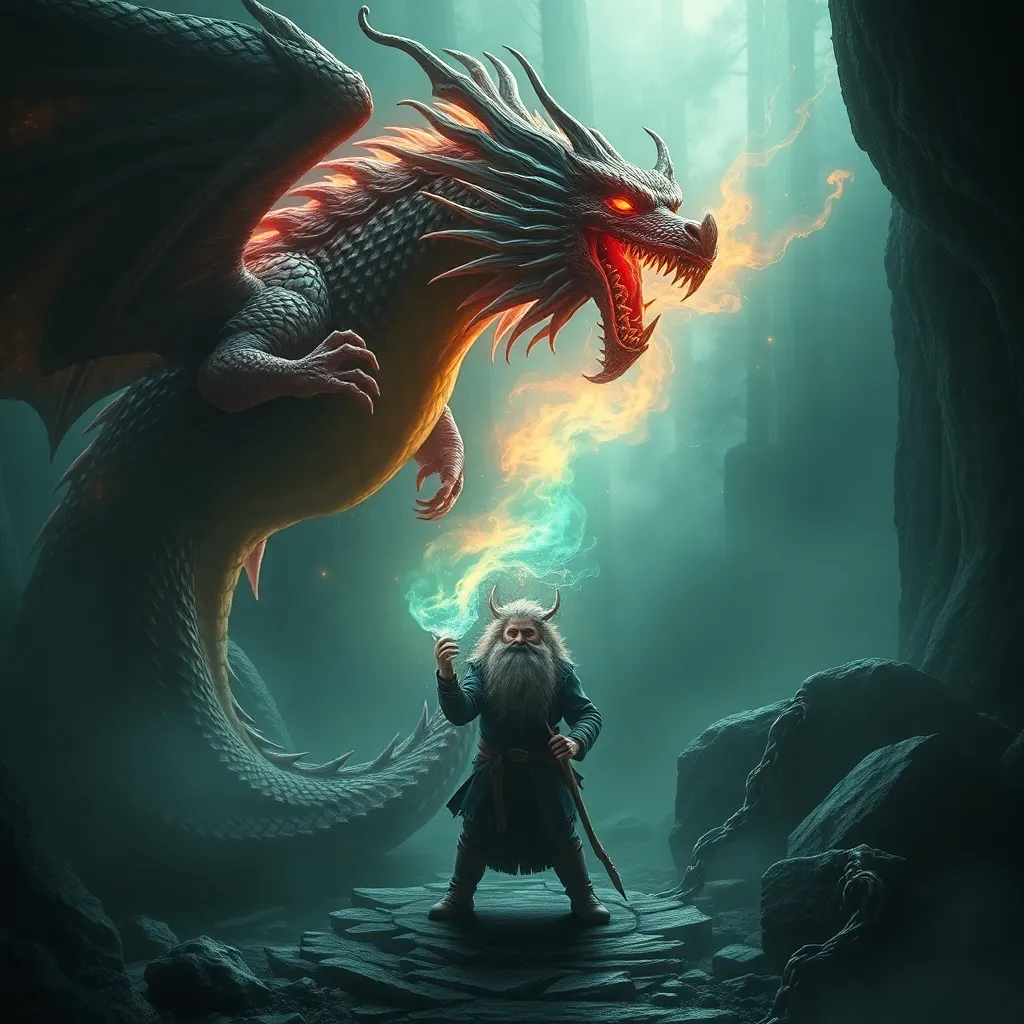The Myth of the Goddess Hathor in Ancient Egypt
Ancient Egypt, known for its rich mythology, revered numerous deities who played significant roles in their belief system. Among these revered gods and goddesses was Hathor, a deity symbolizing music, dance, joy, and fertility. Let’s delve into the captivating myth of the Goddess Hathor and her influence in Ancient Egyptian mythology.
Who was Goddess Hathor?
Hathor, often depicted as a cow goddess or a woman with cow ears, was one of the most important and popular deities in Ancient Egypt. She was worshipped as the embodiment of love, motherhood, happiness, and feminine beauty. Hathor was also associated with music, dance, and intoxication, being celebrated for her joyful and nurturing nature.
The Role of Hathor in Ancient Egyptian Society
In Egyptian mythology, Hathor played diverse roles. She was considered the patroness of love, known to assist women in childbirth and protect mothers and children. Hathor was also believed to guide souls to the afterlife, acting as a compassionate figure in the journey of the deceased.
Mythology Surrounding Goddess Hathor
One of the prominent myths surrounding Hathor is her manifestation as the Eye of Ra. According to Egyptian mythology, when Ra, the sun god, became angry with humanity and unleashed his destructive gaze upon them, Hathor, in her fierce lioness form, acted as his eye and brought chaos and destruction. However, in a twist of fate, she eventually transformed back into her benevolent self, restoring peace and harmony.
A unique tale recounts how Ra once grew tired of humanity’s transgressions and decided to depart to the heavens. Distressed by his absence, mankind turned to Hathor for help. Moved by their pleadings, she shape-shifted into Sekhmet, a lioness goddess of war, to bring punishment to the wrongdoers. Yet, Hathor’s relentless wrath threatened to eradicate all of humanity. To prevent this, Ra flooded the fields with beer colored red to look like blood. Mistaking this for blood, Hathor drank it, causing her to pass out and eventually transform back into her benevolent self.
The legend of Goddess Hathor portrays a complex deity capable of both fierce retribution and boundless compassion, illustrating her multifaceted nature within Egyptian mythology.
FAQ about the Myth of the Goddess Hathor in Ancient Egypt
Who was Hathor in Ancient Egyptian mythology?
Hathor was a prominent goddess in Ancient Egyptian mythology, embodying motherhood, love, joy, and feminine power. She was often depicted as a cow or a woman with cow horns, symbolizing fertility and abundance.
What significance did Hathor hold in Ancient Egypt?
Hathor was revered as the goddess of music, dance, and celebrations. She was believed to protect women, children, and the home, as well as guide souls in the afterlife. Hathor was also associated with the sun, the sky, and the nurturing aspects of life.
How was Hathor worshipped in Ancient Egypt?
Devotees worshipped Hathor through music, dance, offerings, and elaborate rituals. Temples dedicated to her, such as the Dendera Temple, were built where priests and priestesses honored her with ceremonies and festivals.
What role did Hathor play in Ancient Egyptian mythology?
Hathor played a multifaceted role as a creator goddess, a protective deity, and a compassionate guide in the afterlife. She was also linked to the concept of Ma’at, representing harmony, balance, and truth.


